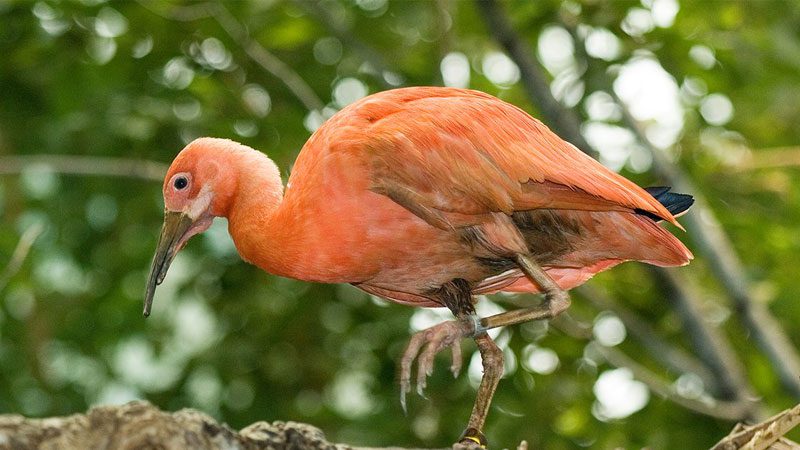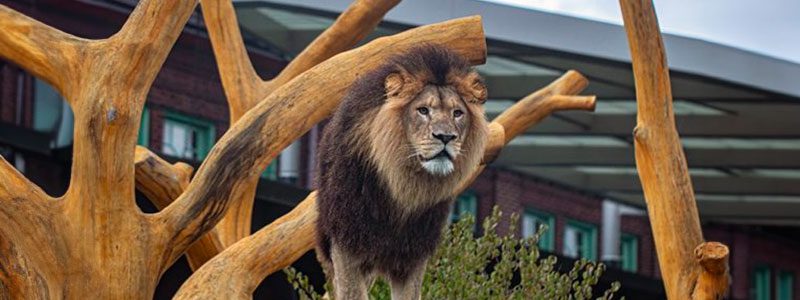Welcome to Lincoln Park Zoo’s new web app! Share your feedback

Scarlet Ibis
McCormick Bird House
Did You Know?
- Scarlet ibises follow behind ducks while they are foraging. They can then snatch the insects that are disturbed by the ducks’ movement.
- These birds form large colonies during breeding season that may include thousands of other birds. This protects the group, including young birds, against predators and helps them search for food.
- Young ibises learn to swim shortly after hatching.
Don’t See the Animals?
Why aren’t animals visible at all times? To promote positive animal welfare, we provide animals with choices. They can choose to spend time in areas that are out of public view.

Take an Animal Home with You
Overview
Scientific Name: Eudocimus ruber
Class: Birds
Diet: Insects, mollusks, and other small crustaceans
Range: Central Columbia, central Venezuela, and the Atlantic coast of South America
Endangered Status: Least Concern
More Information
Scarlet ibises are wading birds named for their bright red or pink plumage. They have black wingtips, eyes, and bill. Their necks and legs are long and their bill curves downward. They live in wetlands and coastal areas.
These birds are polygynous, so one male mates with several females. They place nests close together on platforms they build in trees. Females lay up to five eggs and incubate them for around 21 days. Both parents care for young and alternate tasks. Chicks fledge around 30–40 days and become independent at 75 days. They become mature at age 2.
